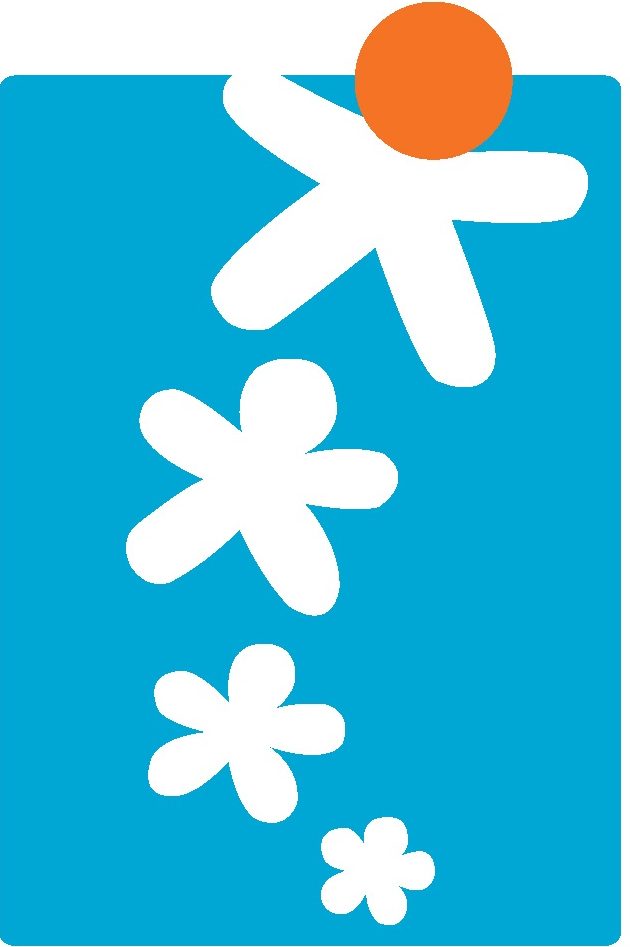
The school is committed to create a fear free, enjoyable, activity based teaching learning environment in school. Responsibility of a school is to prepare children for their future: making the students self learner, responsible, respectful to ethical code of conduct and democratic values, and develop skills of living a dignified life. Every element of the school is treated and carefully used as a pedagogic resource.

As a part of regular pedagogic practice, students are given problem tasks and asked to find their answers through group discussion, design short investigating tasks, read diverse literature along with textbooks, work individually or in groups, responds to worksheets, collect and represent data, propose a solution for a problem, carry out construction work, survey in school and in community. Major elements of the pedagogic environment in the school is presented in the following section.
Collaboration, Cooperation, and Group work

A long term goal of education is to develop skill of collaboration among students. Carefully, designed group work and cooperation help develop collaboration skill. Ability to collaborate also helps deeper learning of content and concepts in a shorter time.
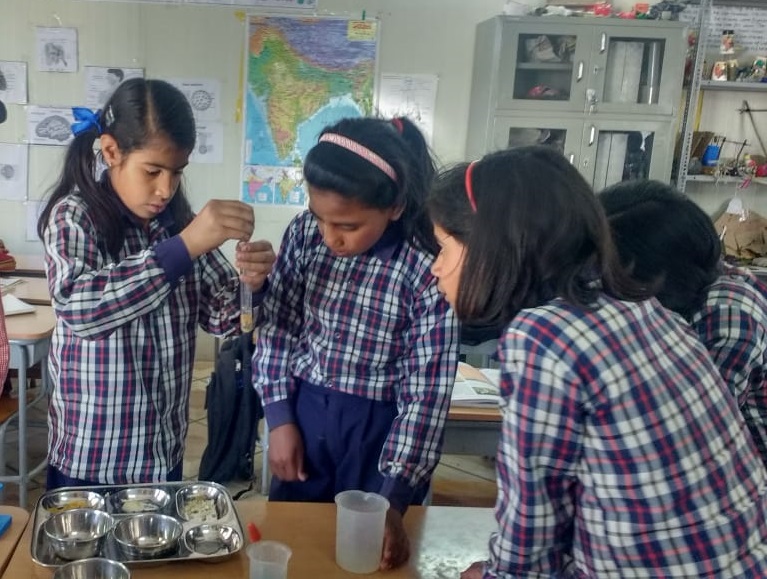
School also demonstrate collaborative work of teachers and non-teaching staffs to the students. In academic as well as non-academic work teachers, non-teaching staffs, and students work together. The works include completing a project task to waste management, or classroom cleaning.
Exposure to varied readings
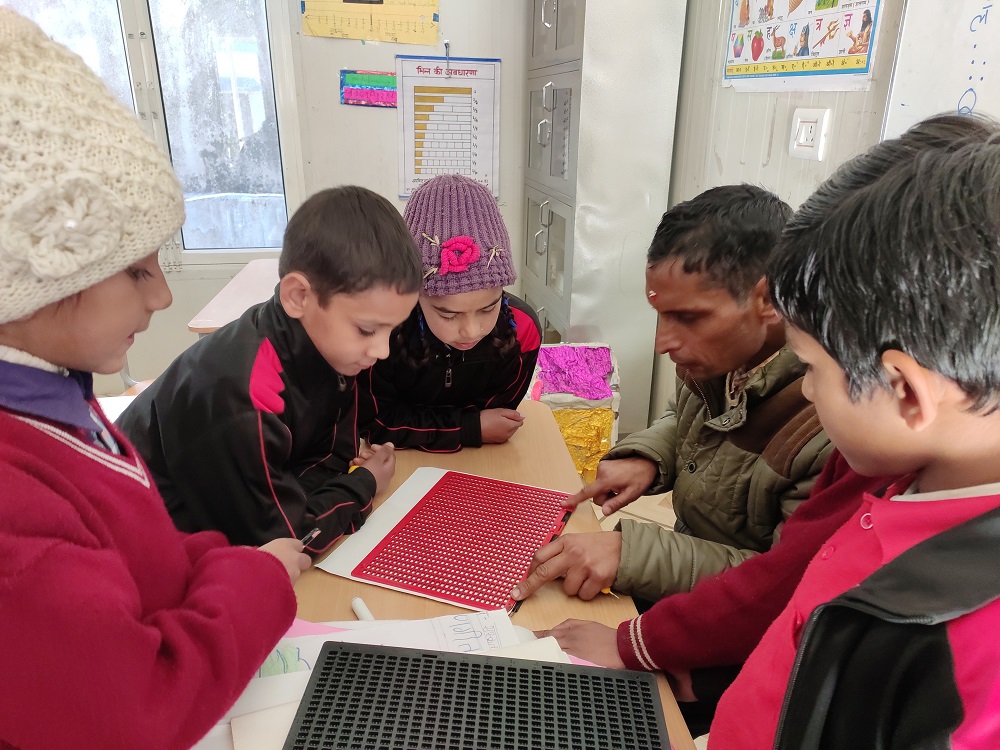
Learning can’t be limited to only textbooks. Varied literature are made accessible to students and ample time is given to students to read the literature, discuss and share about their readings, and write reflection etc.
Print rich classroom and school compound

School compound is made print rich. All the walls, floors, open spaces are used to post/hang the content. Printed materials, students as well as teachers productions constitute the content of print rich environment. Life time of these materials vary. Students work connected to topics taught in the classroom changes or evolve faster than the printed posters.
Project and Activity based teaching

Project and activity based teaching is integral to our pedagogy. Students are given both short (6 hours) and long duration projects (60 hours projects). Usually the projects lasts from two days to one month. Teaching through projects would not bring dramatic changes in students content knowledge, however, they learn an important skill called learning to learn.
Teacher facilitates students work through designing and assigning tasks to construct (productions in the form of write ups, presentations, models, speech, debates, design solution, experimentations, drawings, and artefacts etc.), providing relevant resources, asking guiding questions, breaking down complex problems in smaller units, demonstrating activities and experiments, answering students questions, giving cues to help them evaluate their own solutions, and engaging them in self- and peer assessment. Teachers also provide non-threatening environment to share each other’s views.
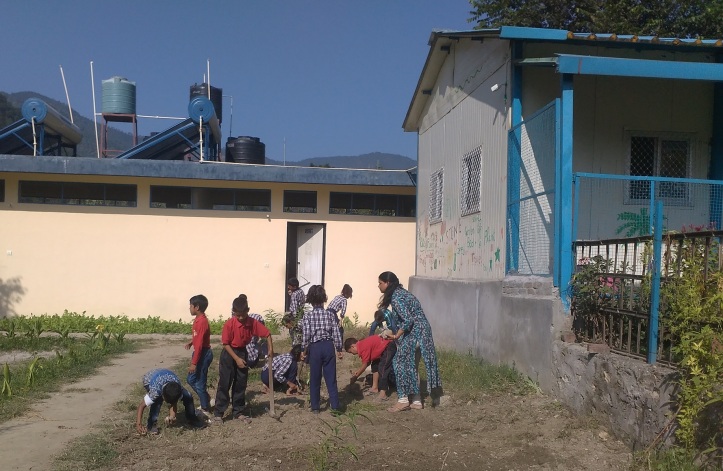
Students present the productions made while working on the projects in school assembly, bimonthly Baal Shodh Melas, and different events of national and international importance celebrated at the school and the community.
Different exposure visits to community, post office, nature walk, community cleaning, environment and energy audit etc. are some of the elements integrated in the projects.
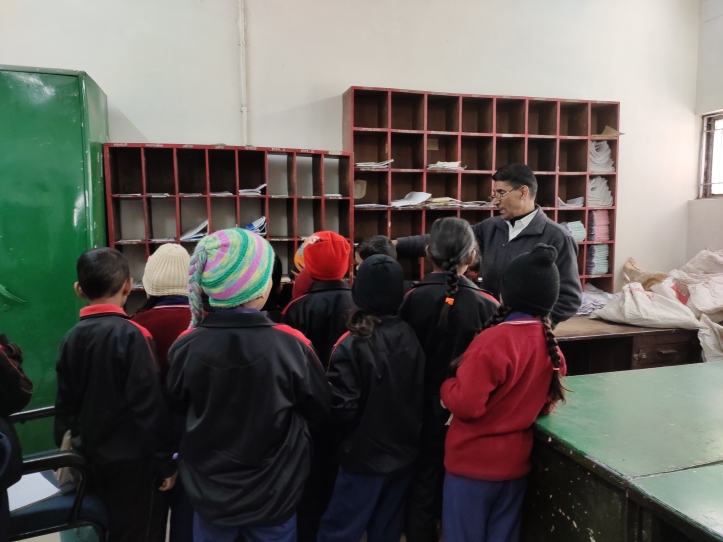
Focus on all subjects
We firmly believe that it is essential to give equal focus on all subjects and discipline of human endeavor to provide a holistic education to children. Understanding the world around us in its entirety requires a reasonable degree of knowledge and skill of all disciplines and subjects. Through different subject labs we introduce students to Hindi, English, Mathematics, Science, Social Science, Environmental studies, Arts & craft, and Physical education.
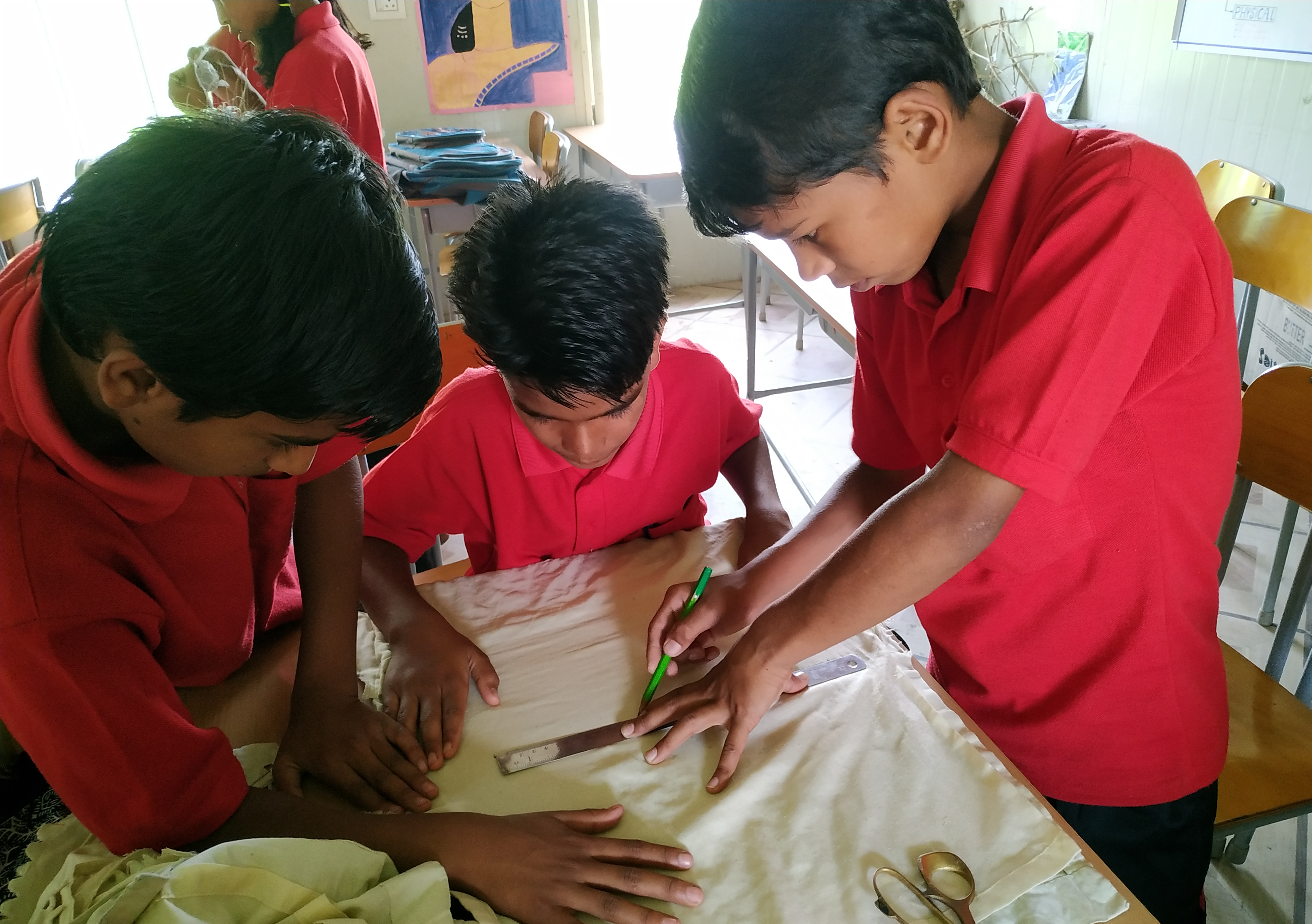
A meaningful teaching learning experience also demands creating an authentic context of learning situated in relevant themes. And these themes require integration of different subjects as well as disciplines. Project and activity based teaching requires subject integration naturally. This also opens up possibilities of organizing teaching plans under different thematic units.
Focus on professional development
School is committed to create a cadre of high quality teachers through continuous teacher professional development. There are focus on both inhouse as well as centralized mode of teacher professional development program and engagement.
Teachers prepare teaching plans, share in groups, take video record of classroom and reflect on their teaching, read diverse literature, watch movies, write reflective notes, publish their work, attend different workshops, present their work in seminars and conferences.
Relevant publications:
1. Saurav Shome and Archana Dwivedi (2019). Stepping Outside the Classroom: An Opportunity for Rich Learning. Learning Curve, 59-61.
2. Saurav Shome, Archana Dwivedi, Monu Kumar, and Pramod Kandpal (2019). Experiences of Working with Textbooks in the Early Grades. Learning Curve, 52-55.
3. Shubhra Mishra, Dinesh Bartwal, Narender Kothiyal and Virendra Negi (2019). Beyond Four Walls: An Example of Project-Based Learning. Learning Curve, 62-65.
4. Ravi Pratap Singh (2018). A Few Pages From My Diary Learning Curve, 50-51.
5. Ravi Pratap Singh (2019). Enquiring Context in the Content of Honeycomb Learning Curve, 45-49.
